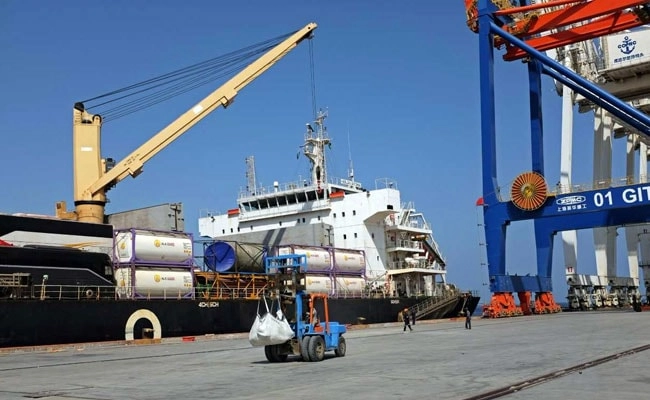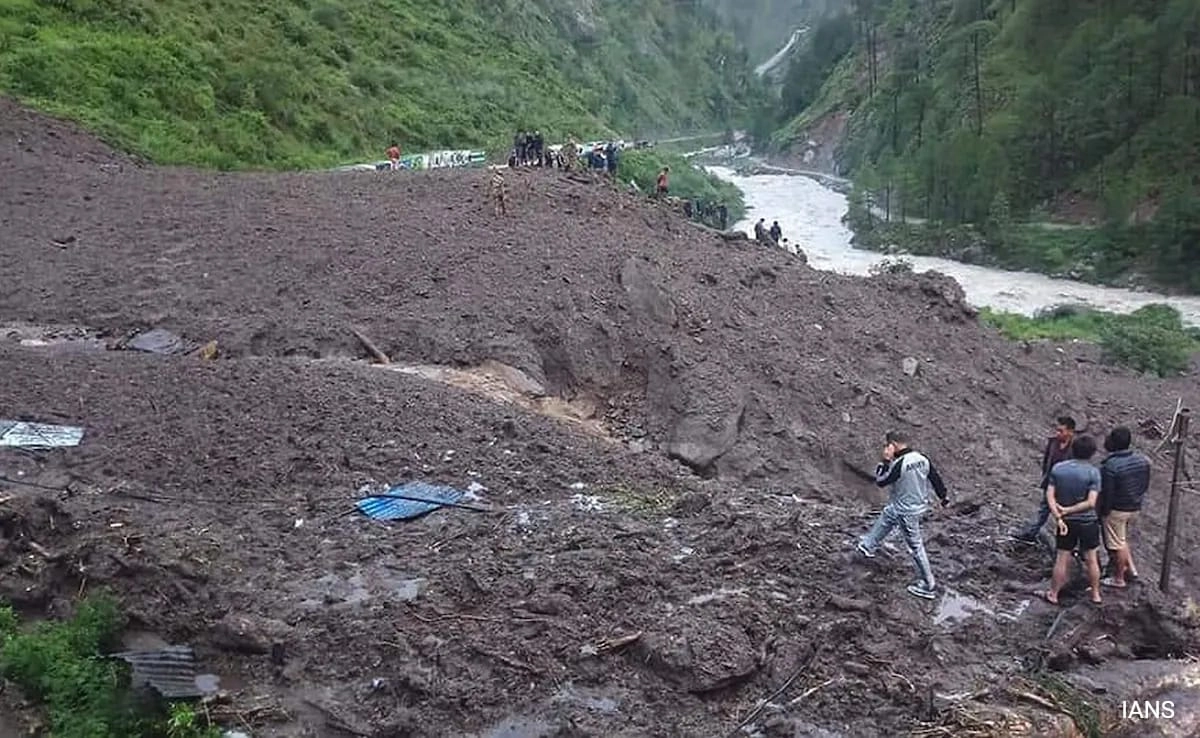In recent years, China’s strategic maneuvers in South Asia have raised significant concerns among regional powers, particularly India. One notable aspect of this strategy is China’s exploitation of what can be termed ‘failed’ projects in India’s neighborhood. These projects, often marred by mismanagement, corruption, or lack of local support, provide China with an opportunity to expand its influence at the expense of India’s standing in the region. By stepping into the vacuum left by these failed initiatives, China not only secures economic footholds but also strengthens its geopolitical clout.
For instance, in countries like Sri Lanka, Nepal, and the Maldives, Chinese investments in infrastructure have often come with heavy debt burdens that these nations struggle to repay. When these projects falter, China capitalizes on the situation by offering bailouts or taking control of strategic assets, such as ports and airports. This pattern not only undermines India’s influence but also raises concerns about sovereignty and long-term economic stability for the nations involved. India, which has historically been a key player in the region, faces the challenge of countering China’s aggressive tactics while promoting sustainable development and genuine partnerships.
Moreover, the implications of China’s strategy extend beyond economic control; they have profound geopolitical ramifications. As China solidifies its presence in South Asia, it can potentially encircle India, posing a direct challenge to its security and strategic interests. This shift in the regional balance of power necessitates a recalibration of India’s foreign policy and its approach to neighborhood relations. India must focus on enhancing its development partnerships, ensuring that its projects are not only economically viable but also culturally and socially aligned with the needs of local populations. By doing so, India can regain its footing and counteract China’s influence effectively.
In conclusion, the situation in India’s neighborhood, marked by China’s exploitation of failed projects, is a call to action for India. It must recognize the urgent need to strengthen its engagement with neighboring countries, offering transparent, sustainable alternatives to Chinese investments. By fostering a collaborative environment and prioritizing mutual growth, India can not only stabilize its neighborhood but also ensure that it remains a dominant force in South Asia amidst the growing shadows of Chinese influence.




